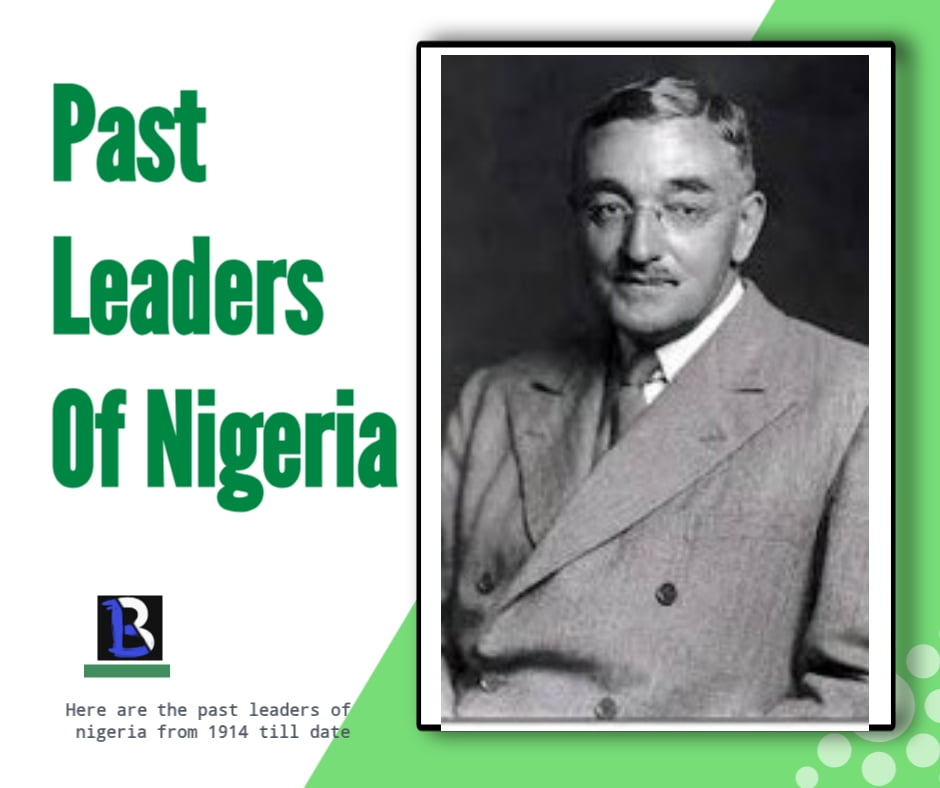Last week, we discussed the features, establishment, criticisms and advantages of Macpherson Constitution of 1951 and one of the things i emphasized was that Macpherson Constitution came immediately after Richards constitution in 1946. Due to the loopholes in the 1946 constitution, sir John Macpherson had to take over power by creating a new constitution. But that does not mean that Richards Constitution of 1946 was a total failure. In fact, some of the key developments in Macpherson Constitution of 1951 were copied from the features of Richards constitution of 1946.
For this reason, it is also correct to say that Richards constitution also contributed greatly to the constitutional development of Nigeria. This write-up clearly explains the establishment, criticisms and features or characteristics of Arthur Richards constitution.

Also see: Features of democracy
Establishment of Richards Constitution of 1946
The impact of the Second World War (1939 – 1945) just like the First World War accelerated the pace of political and constitutional development to an extent unimaginable in the colonies under the British government. Apart from the effects of the war, the defeat of the 1922 constitution and the demand of National Congress of British West African, some members of the legislative council in 1922 criticized the constitution on many grounds; one was its official majority.
Bernard Bourdillon the predecessor of Richard made efforts aimed at creating Nigerian unity. He had devised a scheme of regional assemblies whose decision were to be submitted to the central legislative council for determination. The purpose was to bridge the gap created in the Northern province, which has no representatives in that council. Bourdillon could be seen as the architect of the 1946 constitution.
Governor Richard who succeeded Bourdillon in 1943 actualized the dream of his predecessor by formulating a new constitution known and referred to as Richards constitution in 1945. The purpose of the constitution was to adequately represent the diverse elements of the country and to secure greater participation of Africans in discussing their own political affairs.
There were, among other things, proposal for legislative council for the whole country, regional council for the three regions, introduction of indirect represention through native authorities and Houses of Assembly of the regions to the legislative council.
According to Richards, the 1946 constitution was designed to promote the unity of Nigeria and the participation of Africa in their own affairs.

Also see: Factors that led to the breakdown of Macpherson Constitution of 1951
Features of Arthur Richards Constitution of 1946
1. The 1946 Richards Constitution provided for a new legislative council for the whole country. The council was made up of the governor as president, sixteen officials and twenty eight unofficials. Official members comprised of thirteen ex-officials and three nominated members while unofficial members were made up of four elected and twenty four nominated or indirectly elected members. The four elected members were from Lagos and Calabar (three members from Lagos and one member from Calabar).
2. Members from northern Nigeria and members from Southern Nigeria sat together for the first time in the council.
3. The constitution incorporated the native authority structure in selecting unofficial members of the legislative council.
4. Richards constitution created a central legislature in which all the regions were represented.
5. The constitution created regional assemblies in the Northern, Western and Eastern region.
6. In the North, the constitution provided for two Chambers – House of Chiefs and House of Assembly whereas only one chamber was created for the Eastern and Western Region – House of Assembly.
7. The regional assemblies submitted their deliberations to the central legislature.
Also see: Differences between 1960 and 1963 constitution of Nigeria
Aims and Objectives of Richards Constitution of 1946
- To promote the unity of Nigeria.
- To acquire greater participation of Nigerians in their own affairs.
- To create a Legislative Council in which all sections of the country would be represented.
- To evolve a constitutional framework to cover all parts of Nigeria.
- To provide adequately for the desire of the diverse elements which made up Nigeria.
- To divide the country into three administrative units of North, West and East.
- To create regional council for the three regions of North, East and West.
- To create constitutional and political links between the native authorities and legislative councils
Criticisms of Richards constitution
1. The regional assemblies sharpened and intensified regional diversities, which made national unity a mirage. Regionalism was a strategy adopted by the British Government for defusing the concentration of political agitation for self government by Nigerian Nationalists.
2. The constitution did nothing to advance the principle of election which was still in confined to Lagos and Calabar. It did not also de-emphasized the income requirement for election. Franchise remained the same although income requirement was reduced from £100 to £50 in the case of election to the legislative council.
3. The govenor has Supreme control over the legislative council. Thus, he could approved or disapprove of the resolution of the council.
4. There was no division of powers between the legislative and the executive councils. The allocation of revenue to the regions was a matter of the governor to decide and not through constructional provision. As a result of these lapses, the legislative council was seen as a mere advisory body.
Also see: Features of Clifford Constitution of 1922
Consequent upon this, the Nigerian Nationalists canvassed against the constitution and its obnoxious ordinances. They claimed that Nigeria were not consulted before the constitution was drafted.
The campaign against the enforcement of the constitution according to Justice Udom was spearheaded by NCNC under the leadership of Herbert Macaulay.

Edeh Samuel Chukwuemeka, ACMC, is a lawyer and a certified mediator/conciliator in Nigeria. He is also a developer with knowledge in various programming languages. Samuel is determined to leverage his skills in technology, SEO, and legal practice to revolutionize the legal profession worldwide by creating web and mobile applications that simplify legal research. Sam is also passionate about educating and providing valuable information to people.